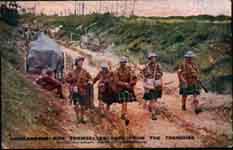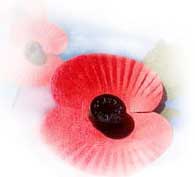Other
representations - Propaganda and media
Britain
entered the war on 4 August 1914, the possessor of a small professional army
and with no policy on conscription. There was no fully developed British government
plan for propaganda or the manipulation of public opinion but Britain needed
to find many more men who would be willing to train to be soldiers and fight
in the war campaign. Army recruiting drives, posters, newspaper proclamations
and claims of German atrocities were the product of a complex mix of spontaneous
action, national and local politics and business initiatives.

The
British government acted quickly to bring out a series of recruitment posters
urging men to sign up. Other posters were produced promoting wartime economy,
sometimes urging people to provide continuing support for government policy,
usually by whipping up indignation against alleged enemy outrages.
Wartime posters
were only one aspect of the battle for the hearts and minds of the British public
during the Great War. Postcards provided a powerful means of propaganda through
caricature and carefully targeted photo images.
The
postcard provides us with exceptional documentation of the period —
more than 100,000 postcards were printed during World War 1. They were the only
medium of visual communication accessible to everyone at the time. Postcards
fell into a number
of themed categories.
Click
on underlined text for more information - click on photograph for a larger image

